In online shopping, standing out is like trying to sell umbrellas in a desert—challenging but not impossible. But to achieve the impossible you need to have strong fundamentals.
In the case of the eCommerce industry, you need the right marketing strategies.
After working in the eCommerce industry, we can say for sure that without the correct marketing strategies, you will just be another fish in the vast eCommerce ocean!!
With the right eCommerce marketing strategies, you can turn your store into a profitable platform for sales and satisfied customers.
This blog will explore 15 researched and proven (by us!) marketing tips to help your eCommerce business not just survive but thrive.
Ready? Let’s dive in!
What is an eCommerce Marketing Strategy and Why You Should Not Ignore It
An eCommerce marketing strategy is more than just a plan—it’s your roadmap for promoting your products, reaching your ideal audience, and turning casual browsers into loyal customers.
Think of it as the GPS for navigating the crowded online marketplace. With countless businesses vying for attention, having a clear strategy helps you stand out and ensure that every step you take is purposeful.
A well-defined marketing strategy helps you attract potential customers and keeps them engaged, driving long-term growth and brand loyalty.
By mapping out your approach and staying focused on the bigger picture, you can take your eCommerce business from simply surviving to thriving.
Here’s why ignoring it could spell trouble:
- Without a strategy, you might fail to tap into the platforms where your audience is active.
- Random campaigns without clear goals waste resources.
- Lower ROI, because a structured plan ensures maximum returns.
- Inconsistent branding consistency builds trust, and a strategy keeps your messaging intact.
- Competitors with a clear vision will outpace you.
How to Start Developing an eCommerce Marketing Strategy
Before you jump into developing your eCommerce marketing strategy, it’s important to understand that this is a step-by-step process.
Think of it like building a house—you need a solid foundation before adding the walls, roof, and finishing touches.
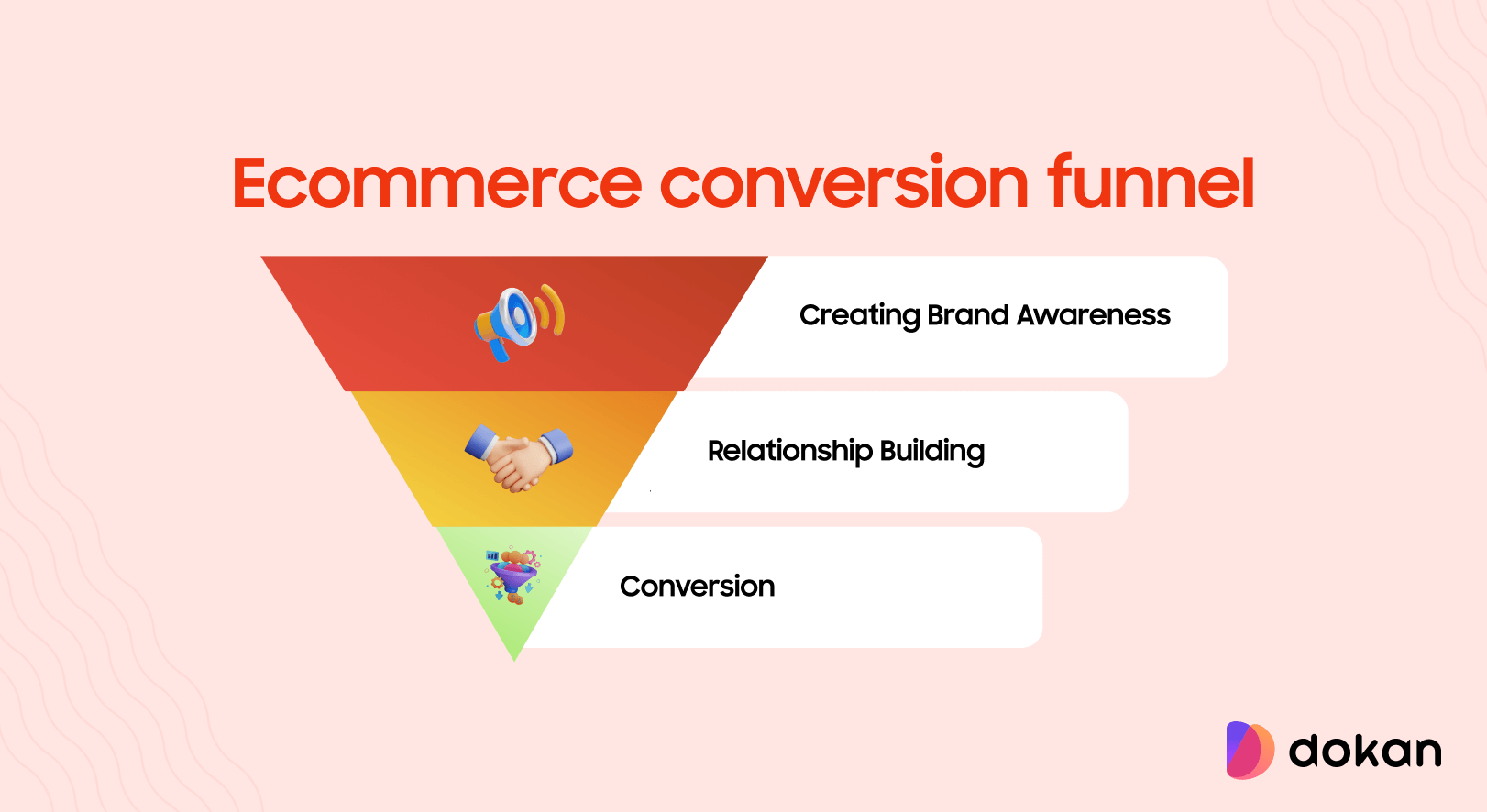
The following points will guide you through the key steps to create a strategy that works for your unique business needs. By focusing on each element, you’ll be able to build a strong marketing plan that connects with your audience and drives results.
- Define Goals: Are you looking to increase traffic, boost conversions, or build brand awareness? Pin down specific objectives.
- Understand Your Audience: Research demographics, preferences, and pain points.
- Analyze Competitors: Learn what works for them and where they fall short.
- Pick Your Channels: Focus on platforms where your audience spends the most time.
- Set a Budget: Allocate funds for advertising, content creation, and collaborations.
- Track Analytics: Regularly monitor performance and adapt your strategy.
15 Well-Researched eCommerce Marketing Tips
When it comes to eCommerce marketing, the right strategies can make all the difference. Whether you’re just starting or looking to refine your approach, knowing where to focus your efforts is key.
That’s why we’ve gathered 15 well-researched eCommerce marketing tips that will help you boost visibility, engage customers, and increase conversions. These tips are designed to be practical and easy to implement, no matter where you are in your business journey.
By following these expert-backed strategies, you can create a stronger connection with your audience and see measurable results. Let’s dive in!
Here’s the list of 15 well-researched eCommerce marketing tips:
1. Create Engaging Content
2. Optimize Your Website for SEO
3. Leverage Social Media Marketing
4. Use Paid Advertising
5. Collaborate with Influencers
6. Embrace User-Generated Content (UGC)
7. Focus on Email Marketing
8. Offer Free Shipping
9. Run Seasonal Campaigns
10. Use Retargeting Ads
11. Create a Loyalty Program
12. Optimize for Mobile
13. Engage Through Live Shopping Events
14. Provide Stellar Customer Service
15. Analyze Your Data
1. Create Engaging Content
Content marketing is at the core of building trust and capturing audience attention. Focus on creating high-quality blogs, videos, infographics, and social media posts tailored to your target audience.
Educational and entertaining content not only increases engagement but also drives organic traffic to your store.
For instance, TikTok has become indispensable for fashion brands, allowing them to tap into viral trends and creative user-generated content (UGC). A fashion retailer can create short styling tips videos for different occasions, adding trending music or hashtags to boost visibility.
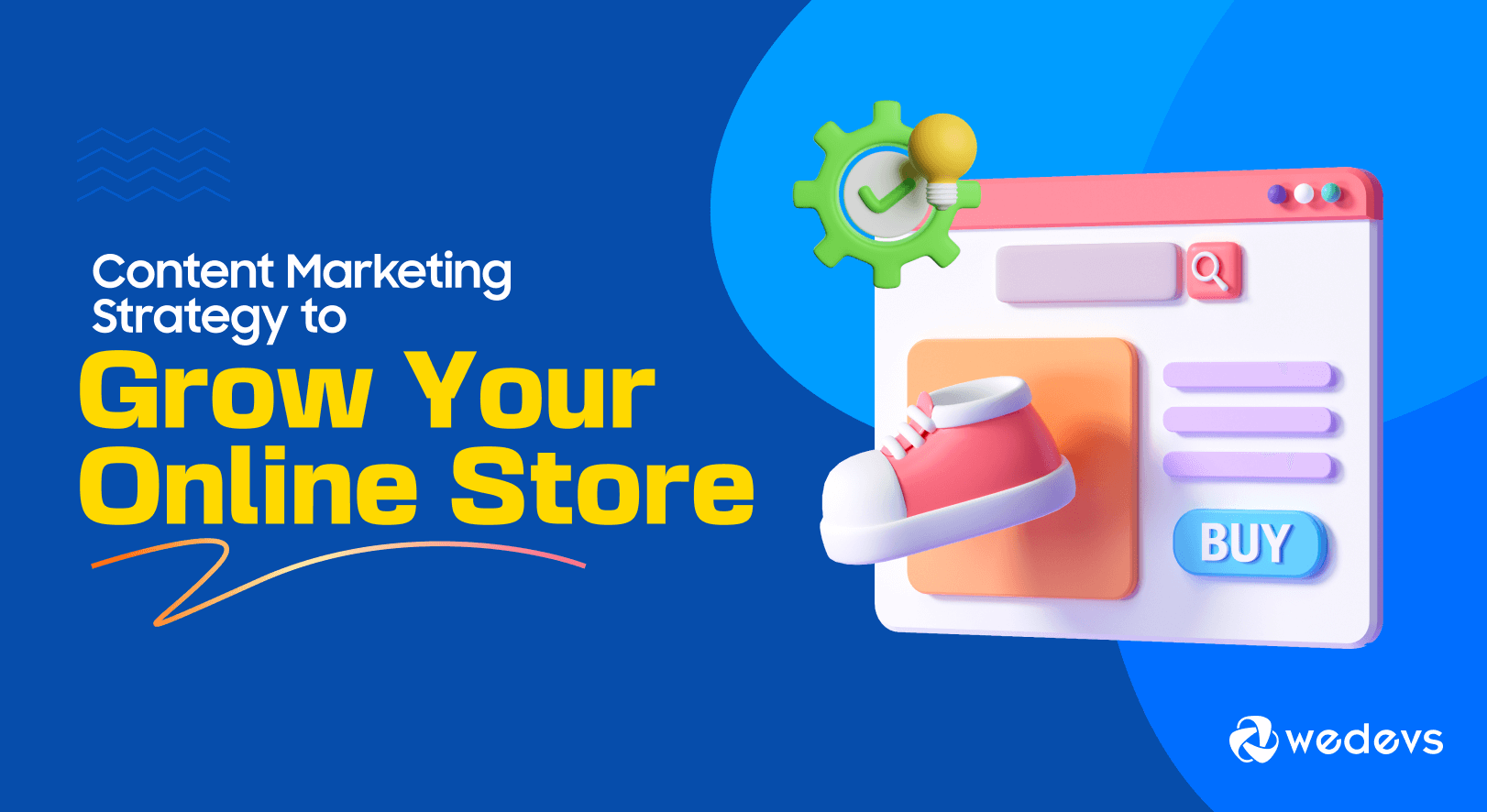
Similarly, YouTube tutorials showcasing product uses or benefits can help customers understand your offerings better. The key is consistency—regularly posting valuable content to keep your audience engaged and informed.
2. Optimize Your Website for SEO
Search engine optimization (SEO) ensures your online store appears prominently in search results when potential customers look for related products.
Start by identifying high-volume keywords that align with your niche and integrating them naturally into your product descriptions, blogs, and metadata.

For example, if you sell eco-friendly kitchenware, create blog posts like “10 Tips for a Sustainable Kitchen” or optimize product pages with keywords such as “reusable kitchen utensils.”
Technical SEO is equally important—ensure your site is mobile-friendly, has fast loading times, and includes optimized images. Tools like Google Search Console can help you monitor your site’s performance and make necessary improvements to boost your rankings.
3. Leverage Social Media Marketing
Social media platforms are invaluable for connecting with your audience and showcasing your brand’s personality and promoting your online store. Platforms like Instagram, TikTok, and Facebook offer unique opportunities for visual storytelling and customer engagement.
For instance, a skincare brand could create Instagram Reels showcasing “morning routines” featuring their products. TikTok’s short video format can be used for tutorials or viral challenges.

Meanwhile, Facebook Groups can help brands foster community discussions around their niche. Focus on consistent branding, creative campaigns, and engaging captions to build a loyal following. Don’t forget to monitor analytics to understand what content resonates best with your audience.
4. Use Paid Advertising
Paid advertising is a powerful way to drive targeted traffic to your store. Platforms like Google Ads, Facebook Ads, and TikTok Ads allow you to target specific demographics, locations, and even interests.
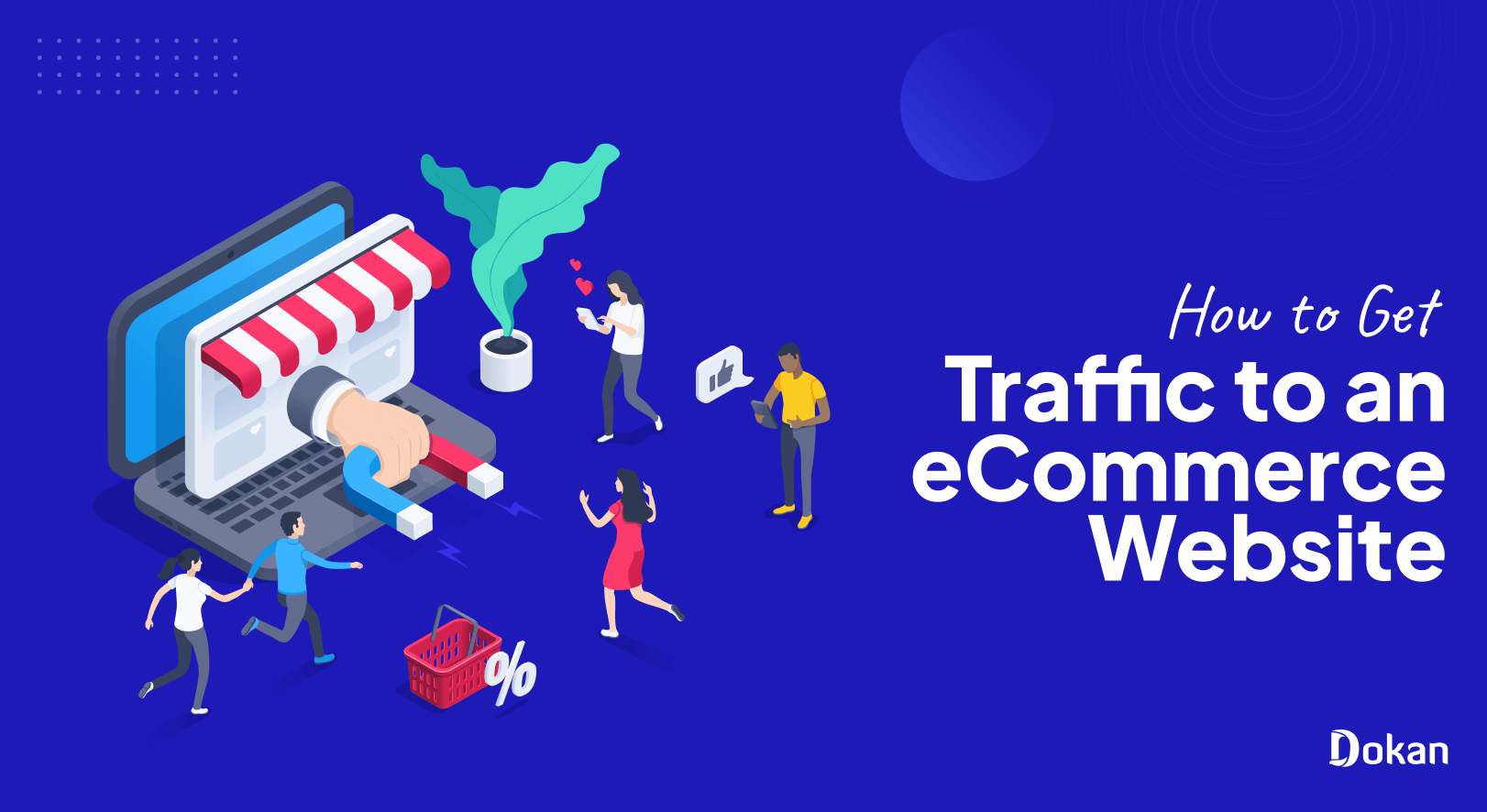
For example, a fitness equipment brand could run Google Shopping campaigns targeting keywords like “compact home gym equipment.”
On Facebook, create carousel ads showcasing different products with unique selling points. TikTok’s in-feed ads, designed to blend seamlessly with organic content, are ideal for promoting limited-time offers or new product launches. Always start small, A/B test your creatives and scale the campaigns that deliver the highest return on investment.
5. Collaborate with Influencers
Partnering with influencers is a proven strategy to expand your reach and build credibility. Influencers already have established trust with their followers, making their endorsements highly effective.
For instance, a vegan snack brand could collaborate with TikTok food creators to share recipes featuring their products.

Micro-influencers, with smaller but highly engaged audiences, can be particularly effective for niche markets. Ensure the influencers align with your brand’s values and target audience to maximize impact. Monitor engagement metrics like likes, shares, and conversions to measure the success of your campaigns.
6. Embrace User-Generated Content (UGC)
User-generated content (UGC) is authentic and relatable, making it a powerful marketing tool. Encourage customers to share their experiences with your products through photos, videos, and reviews.
A travel accessories brand could launch a contest asking customers to share vacation photos featuring their products with a branded hashtag.
Not only does this create excitement, but it also provides a wealth of content you can repurpose for your social media and website.
Highlighting UGC in your campaigns fosters trust and encourages potential customers to make a purchase.
7. Focus on Email Marketing
Email marketing remains one of the most effective channels for nurturing leads and driving repeat business. Build your email list by offering incentives like discounts, free resources, or exclusive access to sales.
An online bookstore could send personalized recommendations based on a customer’s previous purchases. Seasonal campaigns, such as “Summer Reading Essentials,” can also boost engagement. Use tools like Mailchimp or Klaviyo to segment your audience and send targeted emails that resonate with their interests.
8. Offer Free Shipping
Free shipping is a strong motivator for online shoppers. Studies show that customers are more likely to complete a purchase if free shipping is offered, even if the product price is slightly higher.
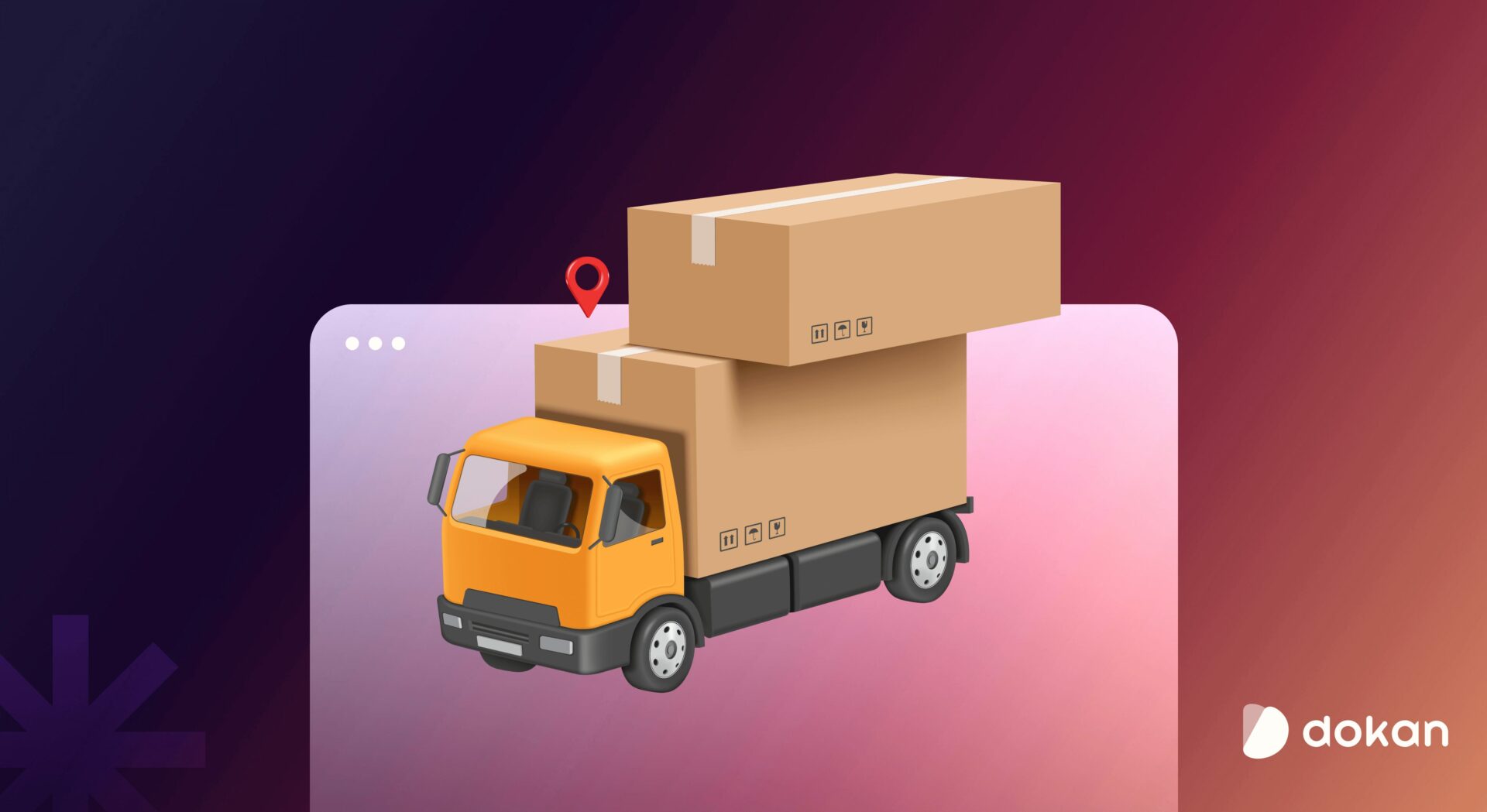
For instance, a clothing retailer offering free shipping on orders over $50 can encourage customers to add more items to their cart to meet the threshold. Clearly communicate this offer on your website and during checkout to reduce cart abandonment rates.
9. Run Seasonal Campaigns
Seasonal campaigns create a sense of urgency and align your marketing efforts with consumer behavior during holidays or special events. Leverage the seasonal demand to boost sales with limited-time offers and themed promotions.
For example, a home décor brand could create a Pinterest board showcasing holiday-themed products, linking directly to product pages.
Promote exclusive discounts during Black Friday or run “Back-to-School” campaigns targeting parents with relevant products. Seasonal campaigns not only drive sales but also keep your brand top-of-mind year-round.
10. Use Retargeting Ads
Retargeting ads help you re-engage potential customers who visited your site but didn’t complete a purchase. These ads remind them of your products and offer incentives to return.
A shoe retailer could show retargeting ads featuring the exact pair of boots a customer viewed, along with a limited-time discount.
Dynamic retargeting campaigns on platforms like Google or Facebook are especially effective as they personalize the content based on user behavior.
11. Create a Loyalty Program
Rewarding your customers for their loyalty encourages repeat purchases and fosters long-term relationships. A well-designed loyalty program can also differentiate your brand in a crowded market.
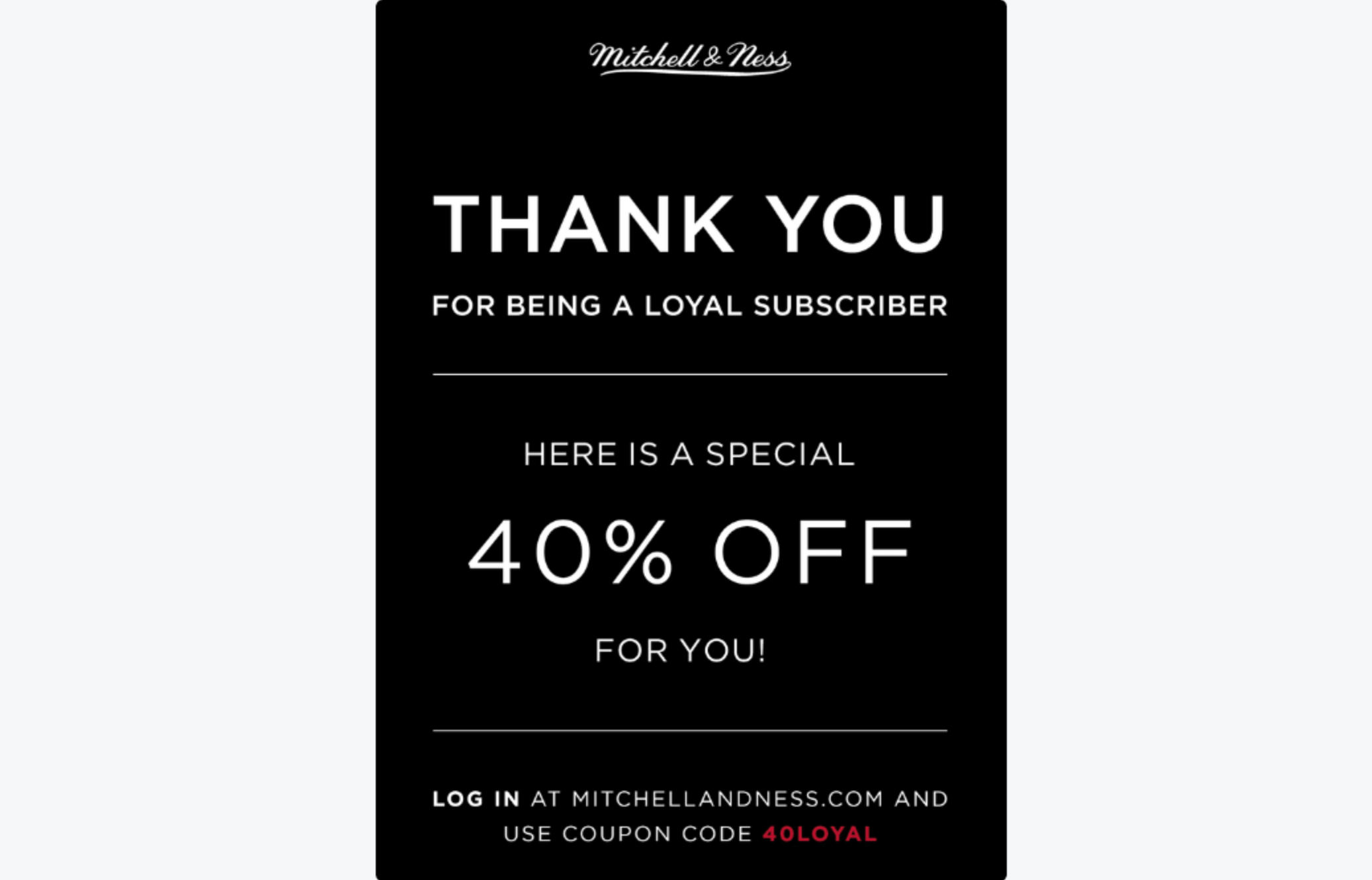
For example, a coffee subscription service could offer points for every purchase, redeemable for discounts or free products.
Exclusive perks like early access to new flavors or member-only discounts can further enhance the program’s appeal. Use platforms like Smile.io to set up and manage your loyalty program effortlessly.
12. Optimize for Mobile
With the majority of online shoppers using mobile devices, ensuring a seamless mobile shopping experience is critical. Prioritize mobile optimization to provide fast, user-friendly navigation.
A jewelry brand could redesign its mobile site with larger product images, easy-to-use filters, and simplified checkout processes.
Implementing accelerated mobile pages (AMP) and responsive designs can significantly improve your site’s performance and conversion rates on mobile devices.
13. Engage Through Live Shopping Events
Live shopping events combine entertainment with real-time interaction, creating an engaging shopping experience. These events allow you to showcase products, answer questions, and build a sense of community.

A beauty brand could host live tutorials on TikTok or Instagram, demonstrating how to use their latest products.
During the live stream, highlight limited-time discounts to drive urgency and conversions. This interactive format helps humanize your brand and builds stronger connections with your audience.
14. Provide Stellar Customer Service
Prompt, helpful customer service builds trust and loyalty. A tech store could use live chat for instant support or AI chatbots for 24/7 assistance.
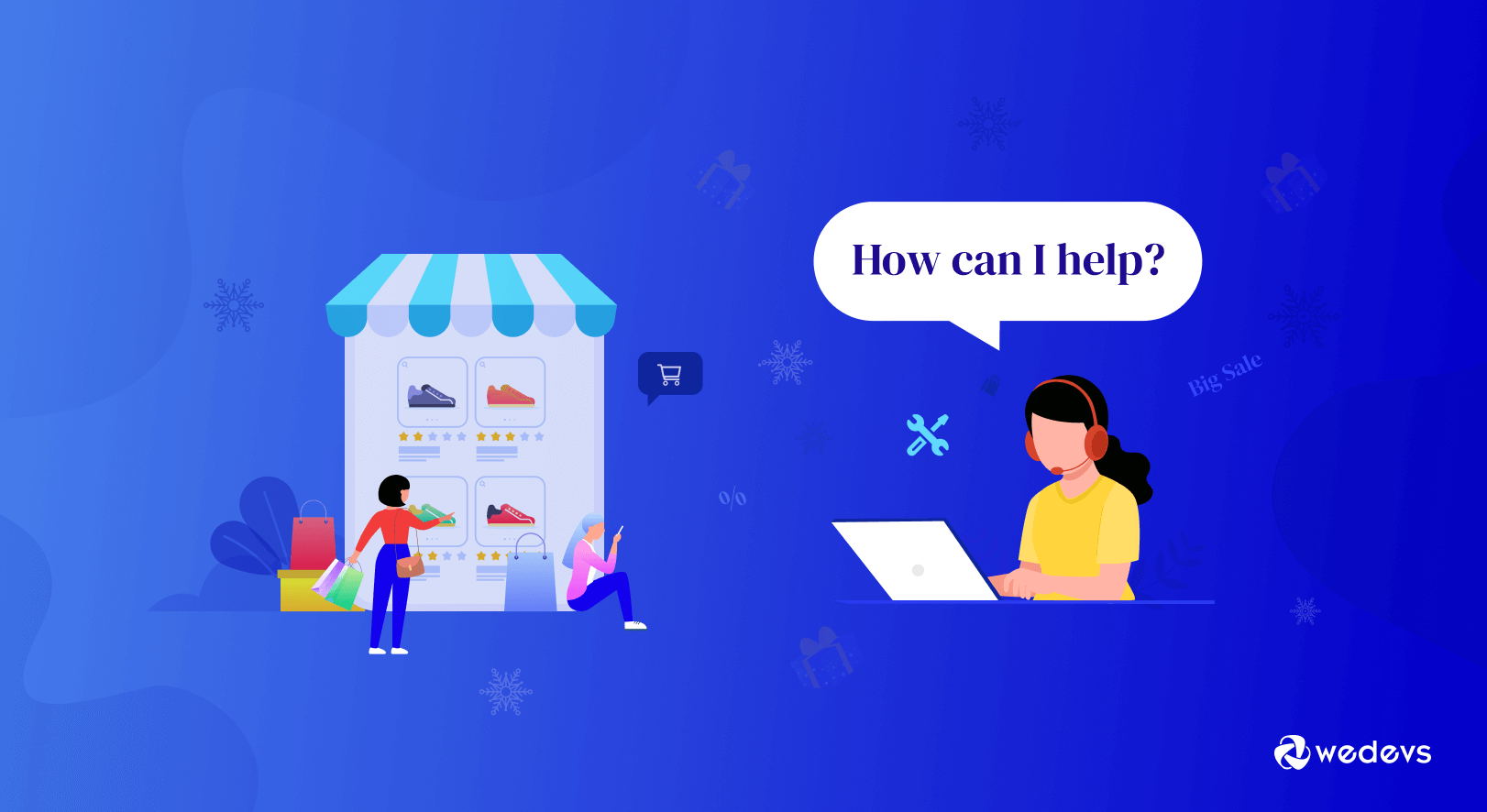
Addressing customer concerns promptly improves satisfaction and encourages repeat business.
15. Analyze Your Data
Regularly monitor key metrics to refine your strategy. For instance, track which products perform best, what content gets the most engagement, and where drop-offs occur during checkout.
Data-driven decisions ensure your marketing efforts deliver results.
Key Takeaways
- Build a strong foundation with SEO, content marketing, and social media.
- Use paid advertising and influencer partnerships to expand your reach.
- Nurture relationships with email marketing, UGC, and loyalty programs.
- Continuously optimize for mobile and analyze data for better results.
The world of eCommerce is vast, but with the right approach, your store can shine. Now, go ahead and conquer the digital marketplace!
Build The Right Marketing Strategy
These 15 eCommerce marketing tips are your roadmap to success. By focusing on what works best for your audience and business, you can start seeing real improvements in your marketing efforts.
Remember, there’s no perfect formula, so don’t be afraid to experiment and find what works for you. Stay flexible, keep track of your results, and adjust your strategies as needed.
Most importantly, always aim to build trust with your customers. The stronger your connection with them, the more loyal they’ll be. Stay positive and keep pushing forward—success in eCommerce is built over time, and with the right strategies, you’re on the right path.
Subscribe to
Dokan blog
We send weekly newsletters, no spam for sure!

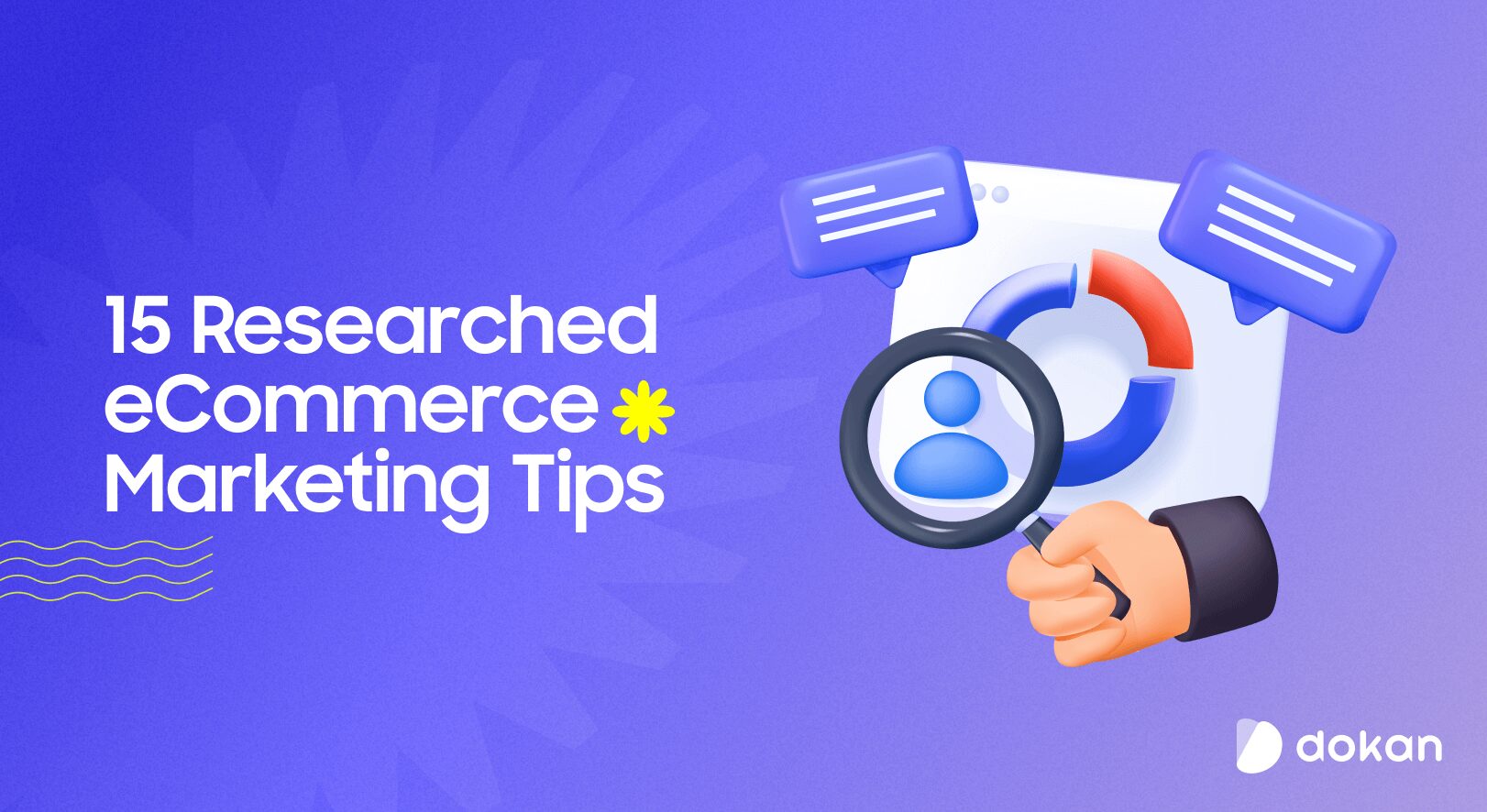

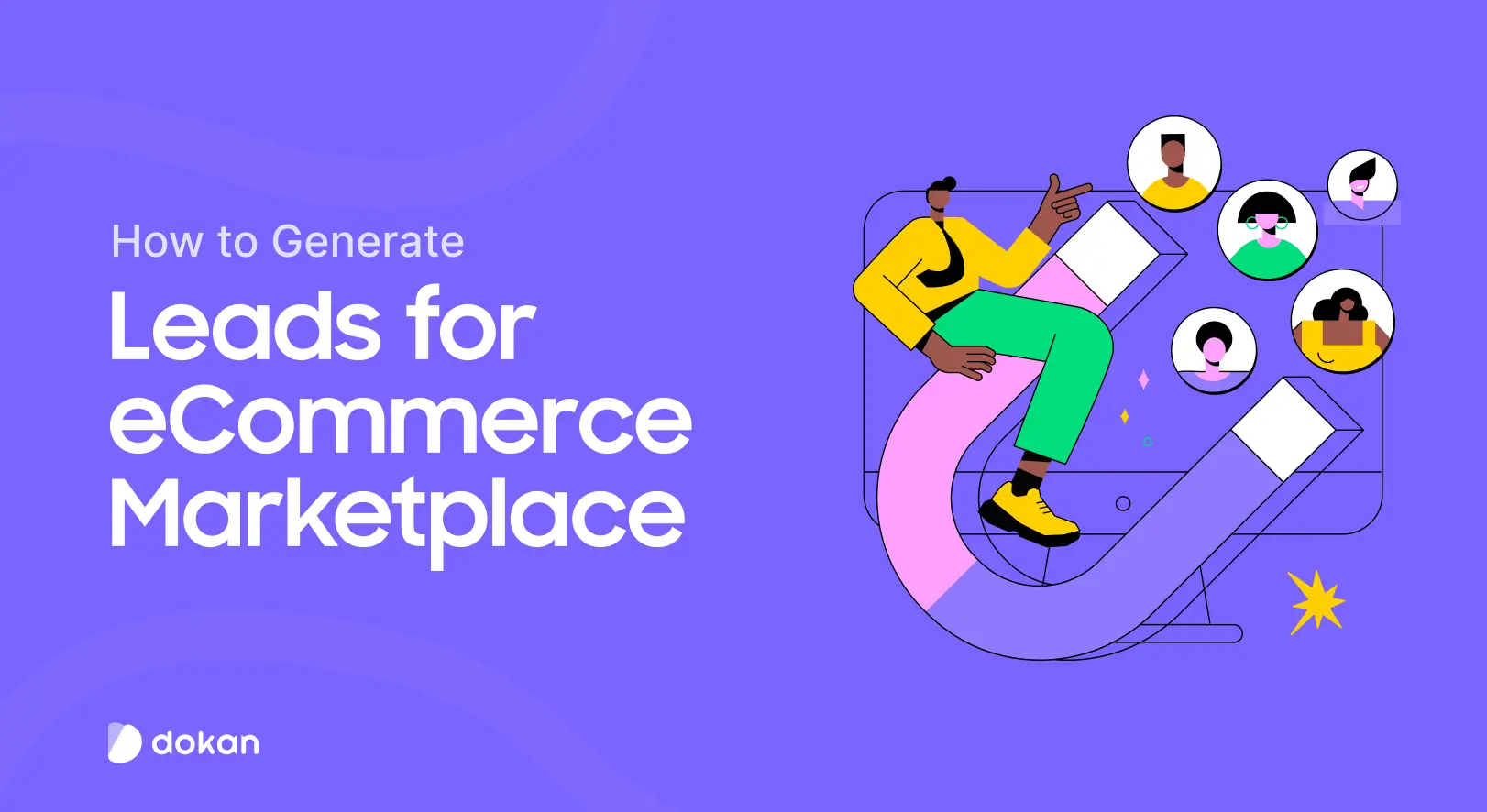
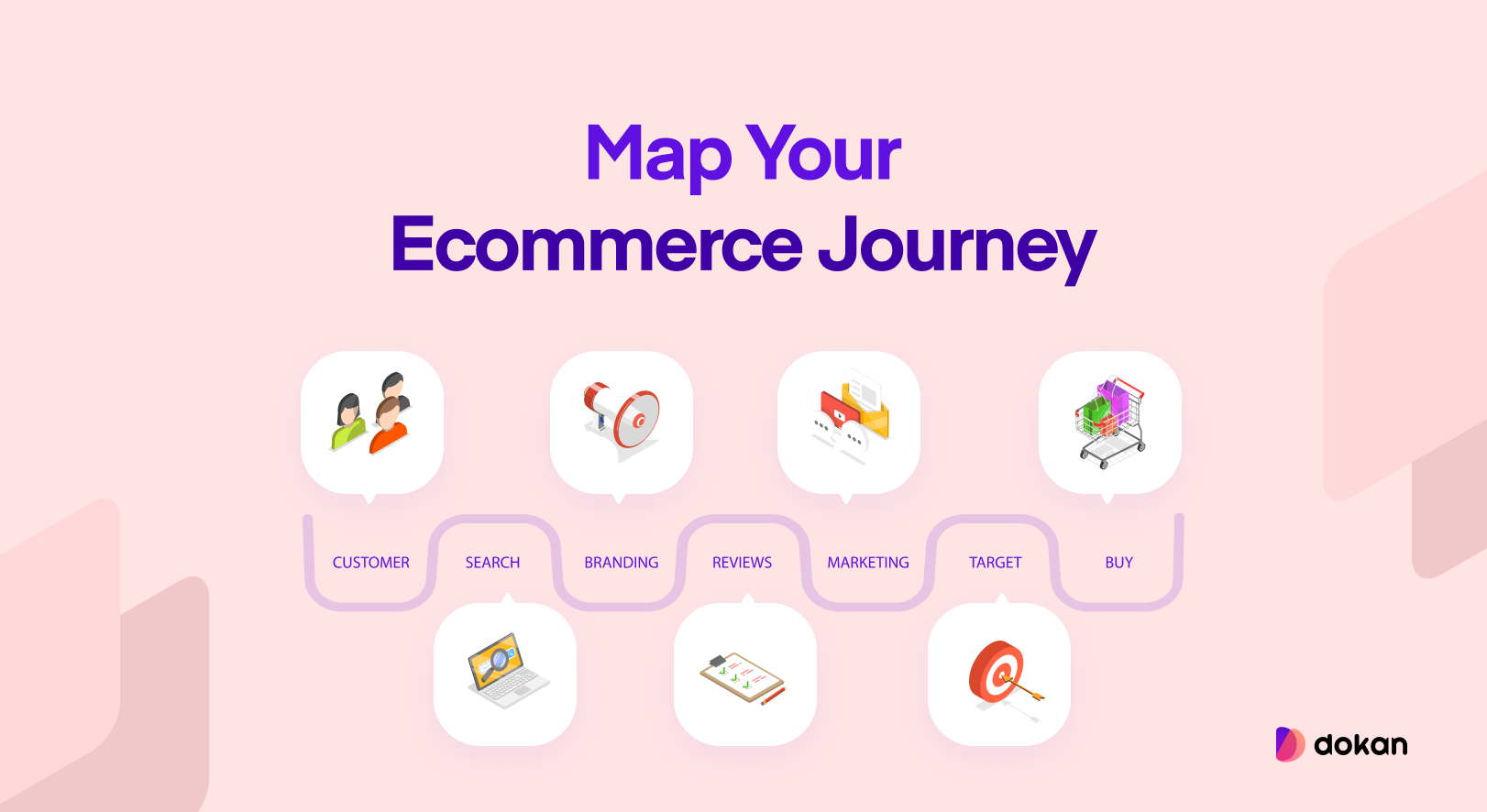
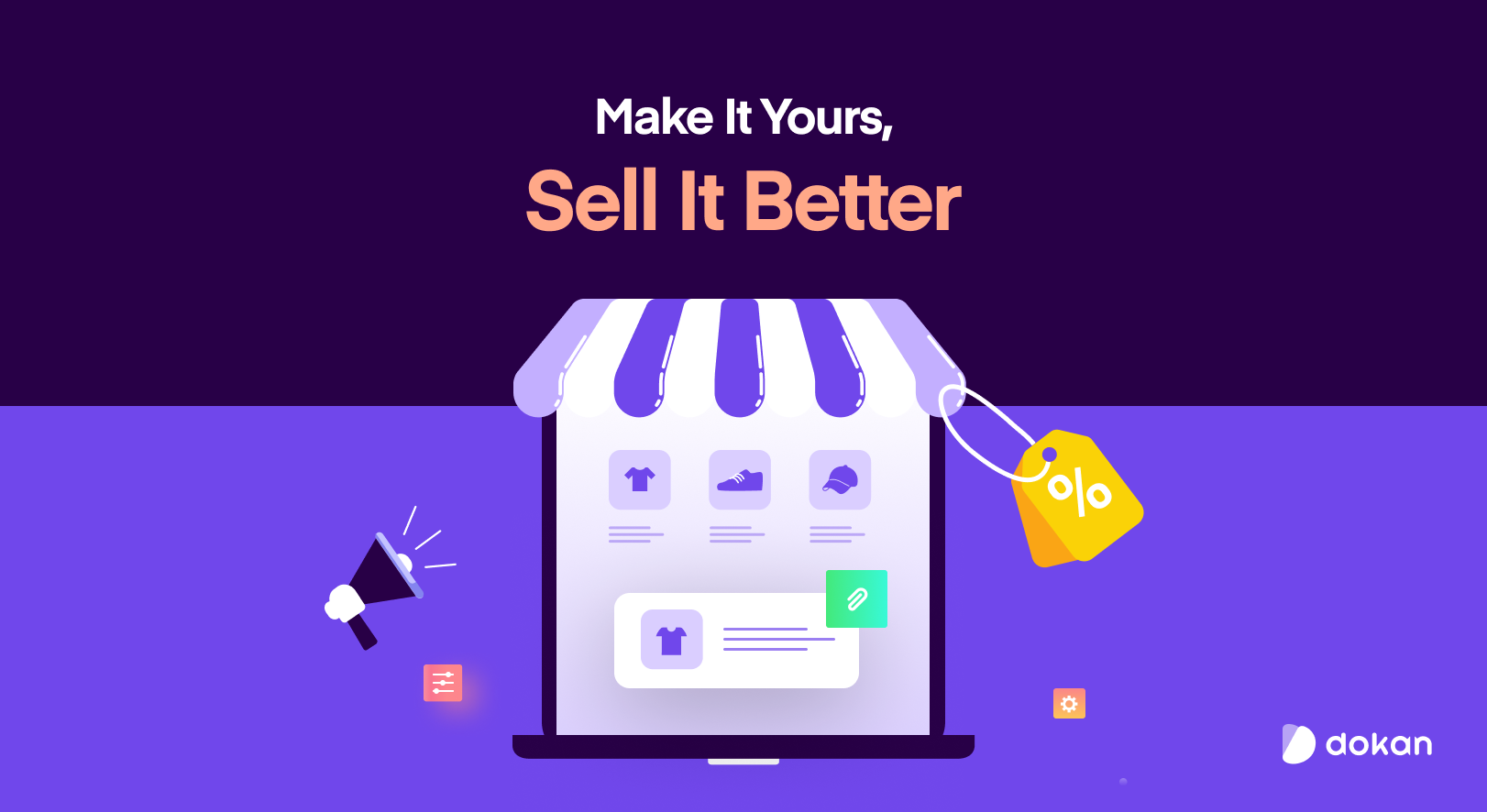

Leave a Reply